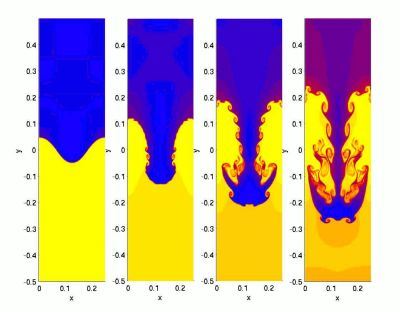Mold Water System Basics
Molder to moldmaker: “If you want the project, you need to hit the targeted tooling costs.” Then oftentimes the moldmaker builds a tool that fits the budget, but does not have the best performance with regards to water. Here are some basics about the impact of mold's water system.
Here are some considerations for designing a mold water system.
Establish a process. The goal is to establish the correct molding process during PPAP. If a process change is required during production, stop. Find the root cause and fix it before changing anything else.
Understand the fundamentals. Engineering a water system capable of moving more energy than the resin can give up during the cooling phase will bring no return on investment. So it is important to first know the resin’s rate of thermal diffusivity. Go further and educate yourself on industry resin standards .
Know your Reynolds number. This calculation reveals the minimum needed to achieve turbulent flow.
Perform finite element analysis (FEA). A predictive engineering water FEA is a cost-effective method for collecting data to justify the significant investment of a complex water system.
Check connections, mold materials and process temperature. Water systems often include quick connections that reduce the cross-sectional diameter of the water flow and 90-degree fittings that promote pressure loss (standard fluid dynamics principles). Also consider quick connections on the thermalator or chiller, and all related plumbing.
By using materials that are highly thermally conductive, it may be impossible to achieve the recommended delta T of 1°F or less.
Related Content
-
Hands-on Workshop Teaches Mold Maintenance Process
Intensive workshop teaches the process of mold maintenance to help put an end to the firefighting culture of many toolrooms.
-
Laser Welding Versus Micro Welding
The latest battle in finely detailed restoration/repair of mold materials.
-
Plastic Prototypes Using Silicone Rubber Molds
How-to, step-by-step instructions that take you from making the master pattern to making the mold and casting the plastic parts.










_300x250 1.png;maxWidth=300;quality=90)






